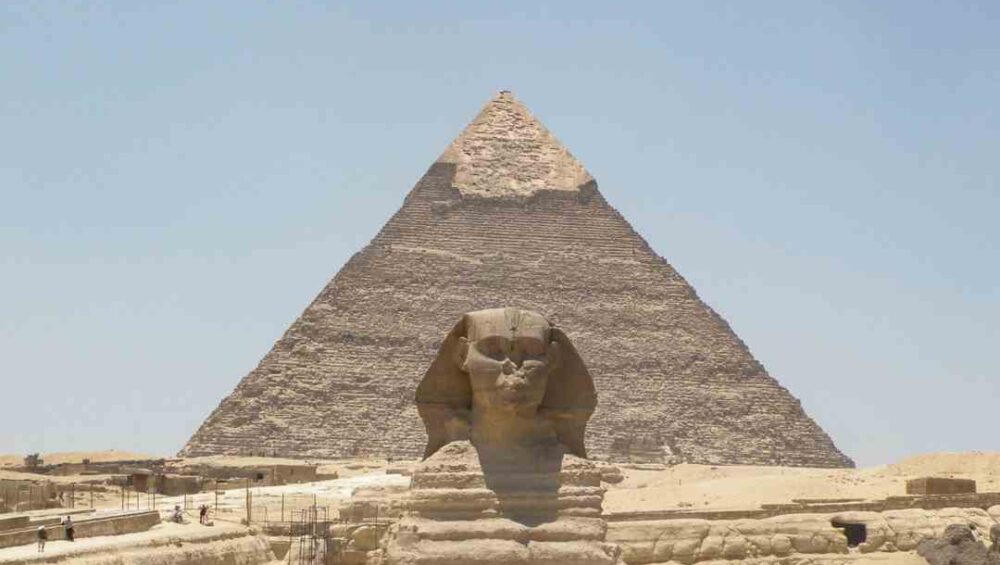Giza: Egypt’s Third Largest City
Giza, Egypt’s third-largest city, hosts the renowned Giza Plateau, famous for its ancient Egyptian monuments. This iconic site includes the Great Pyramids, the Great Sphinx, and numerous temples, making it a central part of Egypt’s rich historical legacy.
Giza’s Name and Ancient Roots
In Arabic, Giza is called “the best place of the valley.” This city’s history dates back to ancient times, featuring the ruins of Egypt’s first capital after unification. A significant monument in Giza is the Step Pyramid of King Djoser from the 3rd Dynasty, the oldest pyramid in Egypt.
Egyptian Pyramids: Symbols of Ancient Splendor
Egyptian pyramids were constructed from the Old Kingdom to the Ptolemaic period in the fourth century AD. The peak of pyramid construction occurred from the late 3rd Dynasty to the 6th Dynasty (c. 2325 BC). Even after 4,000 years, these structures retain their grandeur, offering insights into Egypt’s opulent past. Built when Egypt was among the world’s wealthiest and most powerful civilizations, the pyramids, especially the Great Pyramids of Giza, are some of the most remarkable man-made structures in history. Their immense scale reflects the significant role of the pharaoh in ancient Egyptian society.
The Great Pyramid of Khufu
The Great Pyramid of Khufu, also known as Cheops, is the only surviving structure of the original Seven Wonders of the World. Khufu, who reigned for about 23 years, was the son of Snefru and the first pharaoh to construct a pyramid on the Giza Plateau. His monument, Akhet Khufu (Horizon of Khufu), remains an awe-inspiring structure. During the 6th Dynasty, Giza became a crucial extension of the Memphite necropolis.
The Pyramid of Khafre
Khafre, Khufu’s son (also known as Khephren), built his pyramid nearby. Although it appears taller due to its higher ground location, it originally stood at 447.5 feet (136.4 m), making it 33.5 feet (10.2 m) shorter than the Great Pyramid. The pyramid’s core consists of rough, irregular limestone blocks, with a band of more regular-shaped stones visible below the remaining casing. Red granite makes up the lower course of the pyramid’s outer skin, which remains well-preserved on the southern side.
The Pyramid of Menkaure
The Pyramid of Menkaure, the smallest of the three main pyramids of Giza, stands at 66 meters (216 feet) high. King Shepseskaf, Menkaure’s successor, completed this remarkable structure, made of granite and limestone. Menkaure’s pyramid chambers are more complex than those of Khafre, featuring a chamber with decorative panels and another with six large niches. Massive granite blocks line the burial chamber. Originally, a fine basalt sarcophagus was found in a 41-centimeter (16-inch) deep recess in the floor, but it sank into the sea during transportation to England in 1838 AD.






